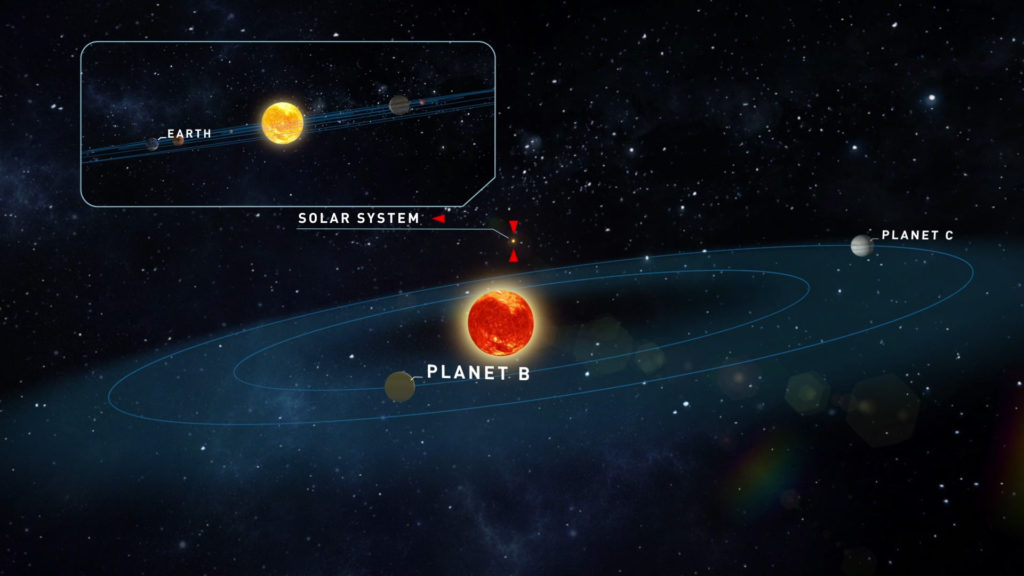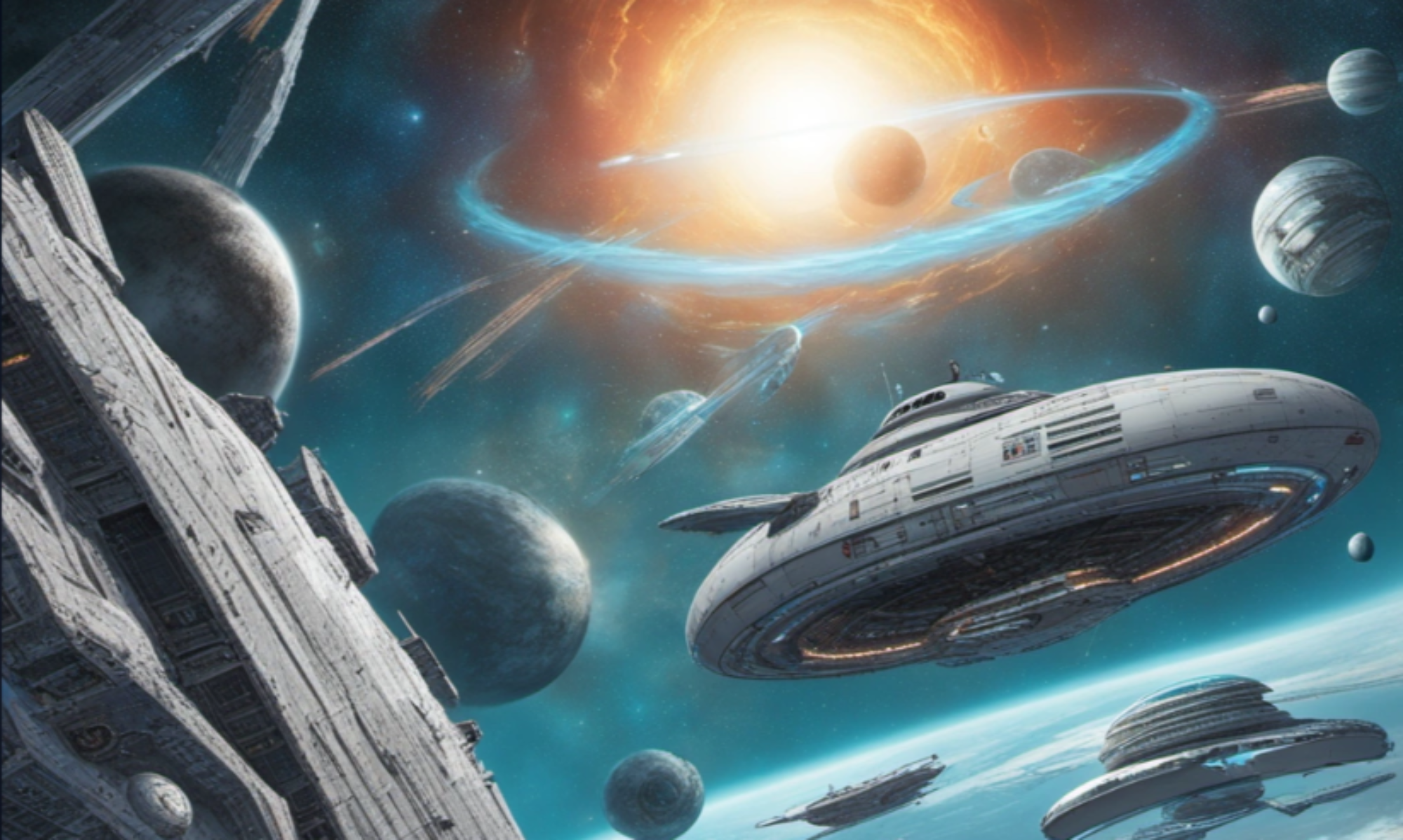While Teegarden’s Star is rarely talked about at dinner parties, it’s only a matter of time. Why? Two words. Habitable planets.
At only 0.09 solar masses, Teegarden is a very small star. With less than 1/10th the mass of the sun, Teegarden is lucky to be a star at all – any less mass and it would not have been able to kickstart nuclear fusion. It’s therefore very close to the lower limit where the laws of gravity and thermodynamics mean any less mass and it would have been a brown dwarf.
As it is, Teegarden is a red dwarf only 12.4 light years from Earth. Although red dwarfs make up 75% of stars in our galaxy, they are very dim. Teegarden’s Star was not discovered until 2003 despite being so close. Intriguingly, Bonnard Teegarden and his team of astrophysicists found this star using previously published asteroid tracking data.
Additionally, in 2010, after noting variations in its radial velocity, researchers proposed the existence of planets. In 2019, Teegarden a and b joined the official list of over 4000 exoplanets confirmed to date.
Excitingly for us dreamers, these are rocky worlds both orbiting in the star’s habitable zone: the ideal distance from the star where the temperature allows liquid water to form on a planet’s surface (0-100°C). Water, as a highly soluble medium, is a key ingredient for life (as we know it). Solubility is the ability of a substance to dissolve other substances. Water is therefore an ideal liquid to host the chemical reactions which may form organic compounds, precursors to carbon-based lifeforms like us.
Don’t get too excited
Mars and Venus are both on the edges of the habitable zone in our system. The moon is evidently in our habitable zone, and contains water molecules buried in craters at the north and south poles. Recent discoveries also point towards H2O deposits even in sunlit areas. But the moon has only about 1/100th of the water in the Sahara Desert. It certainly isn’t habitable. It doesn’t even have an atmosphere.
The major difference between Teegarden a/b and our own planet is the type of star they orbit. The Earth orbits a G-type yellow dwarf, while Teegarden is an M-type red dwarf. With so much less mass than the sun, and therefore less energy to share, any planets in Teegarden’s ‘goldilocks zone’ need to orbit very close to the host star. In fact, one year on Teegarden b is just 4.9 days! Teegarden c completes one revolution in only 11.4 days.
With such close orbits, both planets will experience tidal locking. They will always show only one face to the star, like the moon does to the Earth. The band of habitability on both planets therefore could be confined to a perpetual twilight zone, a sweet-spot where the weather is not too hot or cold.
On the plus side, at 8 billion years old, Teegarden’s Star is more than twice the age of our sun. So potential life has had plenty of time to develop. And if it develops within the next 500 years, to a technological level similar to our own, inhabitants of the Teegarden system (Teegardeners?) will be able to spot Earth using the transit method.

The transit method involves observing the dimming of the host star when a planet passes in front of it, just like an eclipse of our sun by the moon. Within the next 500 years, the axes of rotation of our two systems will match up, providing Teegardeners a golden opportunity to detect the Earth passing in front of the sun.
The Teegarden system is the 24th closest star system to ours. To date, we know of only three closer systems with potentially habitable planets. With more and more exoplanets continually being discovered, it’s looking like our future selves (providing we’re still here) have a stellar neighbourhood ripe for exploration.
Maybe faster-than-light travel is impossible, meaning it will take ages to explore even a small corner of the galaxy. But on the bright side, other life-supporting planets may only be a probe’s throw away.
Teegarden fast facts
Spectral type: M7.0 V
Absolute magnitude: 17.2
Apparent magnitude (V): 15.13
Mass: A: 0.09 solar masses
Temperature: 2900K
Distance: 12.4 light years
Age: 8 billion years
In Rocket Science (Book 1 of Tales from the Orion Arm), Chuck Marley learns that his step-mother is about to visit Teegarden’s Star as part of her job reviewing the cruise ship industry.
